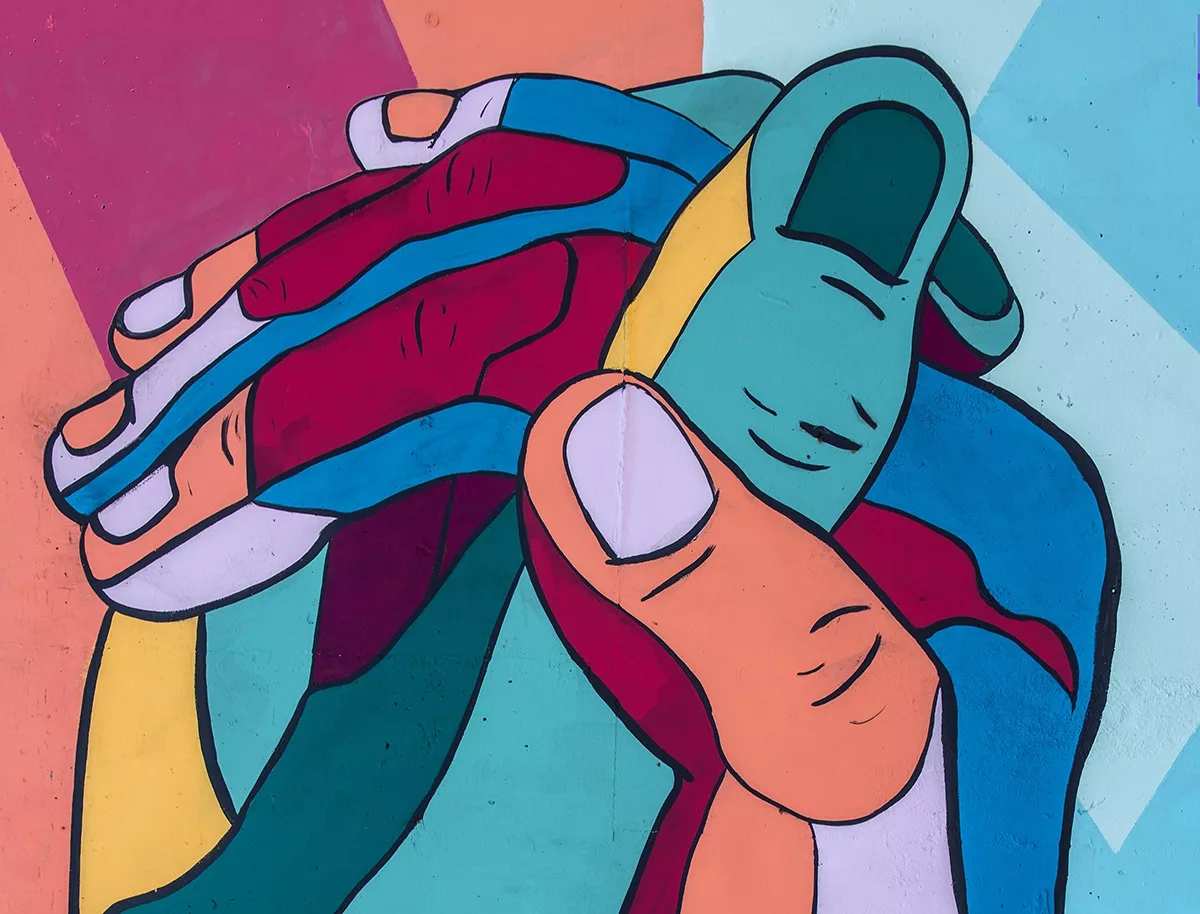In 2020, the US will have more non-White children than White children. Sometime between 2040 and 2050, the entire country will cease to be a majority White country. That means the workforce will no longer be majority White. It’s already happened in some parts of the country.
That’s a really good thing: companies with diverse leadership perform 19 percent better than homogenous teams. Racially diverse teams perform 35 percent better, and when teams have gender diversity, they perform 41 percent better.
But diversity isn’t enough. Diversity without inclusion is tokenism, and tokenism is bad for business. Ask the female employees at Google, who staged a walkout last year to protest discrimination. And Google’s one of the “good” guys! They’re actively working to improve their inclusion. In fact, they created a presentation on unconscious bias that’s available to everyone online.
Embedding equity, diversity, and inclusion in leadership development requires a multi-pronged approach:
- Understand your unconscious biases. We all have them, and until we shine a light on them, they subconsciously run our behaviors. Harvard has a great resource here; just don’t go into a shame spiral when you find out that you don’t think what you think you think. That’s why they’re unconscious biases. When we know better, we can do better.
- Create a culture of psychological safety and belonging. At my company, NextGen Orgs, we do this by helping teams get comfortable being uncomfortable, practice having difficult and awkward conversations in real time, fostering deep trust, and building emotional intelligence.
- Implement restorative HR practices, like blind resumes and standardized interviews. Google’s implicit bias training explains how practices like these immediately improve the diversity of candidates and new hires, because they take the hiring managers’ implicit biases out of the equation.
- Understand and dismantle the systemic privilege in your culture. It’s in all cultures, because it’s deeply embedded in our country’s culture. Symptoms like perfectionism, either/or thinking, and defensiveness are a few of the clues to that systemic privilege. We work with strategic partners who are brilliant at doing the work of dismantling the system.
What happens when organizations take this on, roll up their sleeves, and do the work? Increased revenue and profits, higher employee engagement and productivity, and more innovation.
It’s a lot of work, no doubt about it. But it’s worth it in the short-term (a year or less) because you’ll start to see the metrics (that matter to business growth) improve. And it’s essential in the long-term. Companies that don’t start doing this work now will be out of business in 20 years or less.







